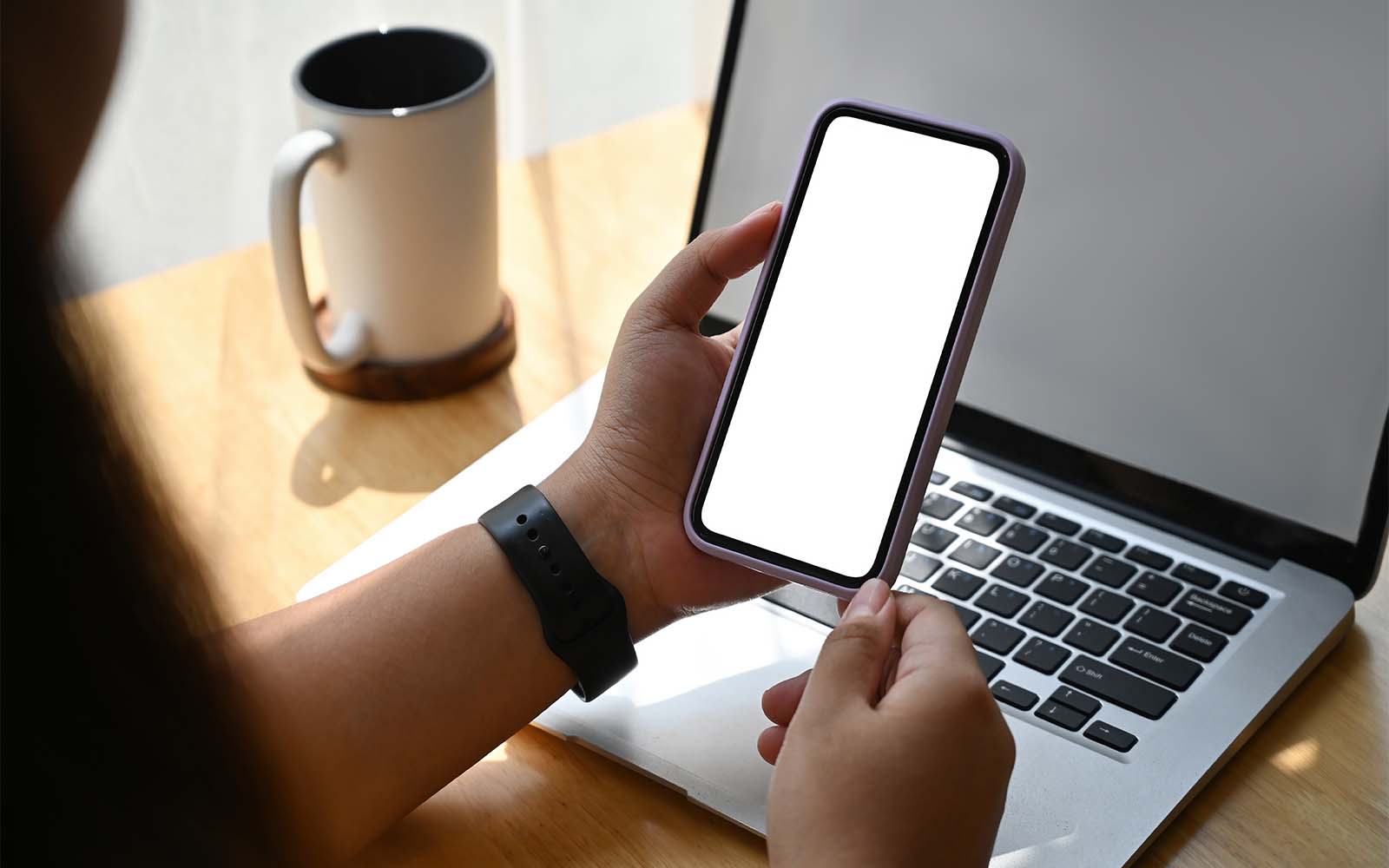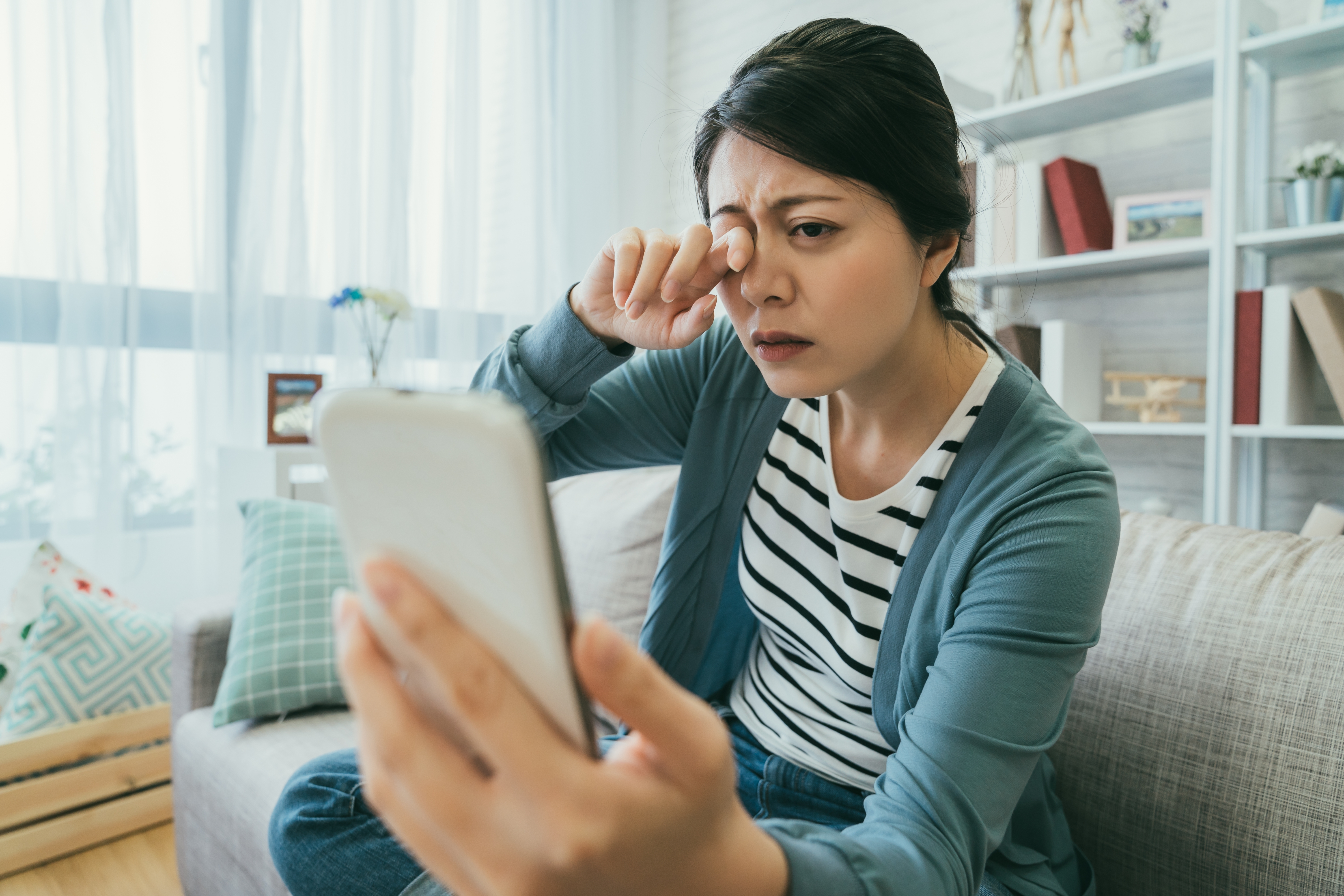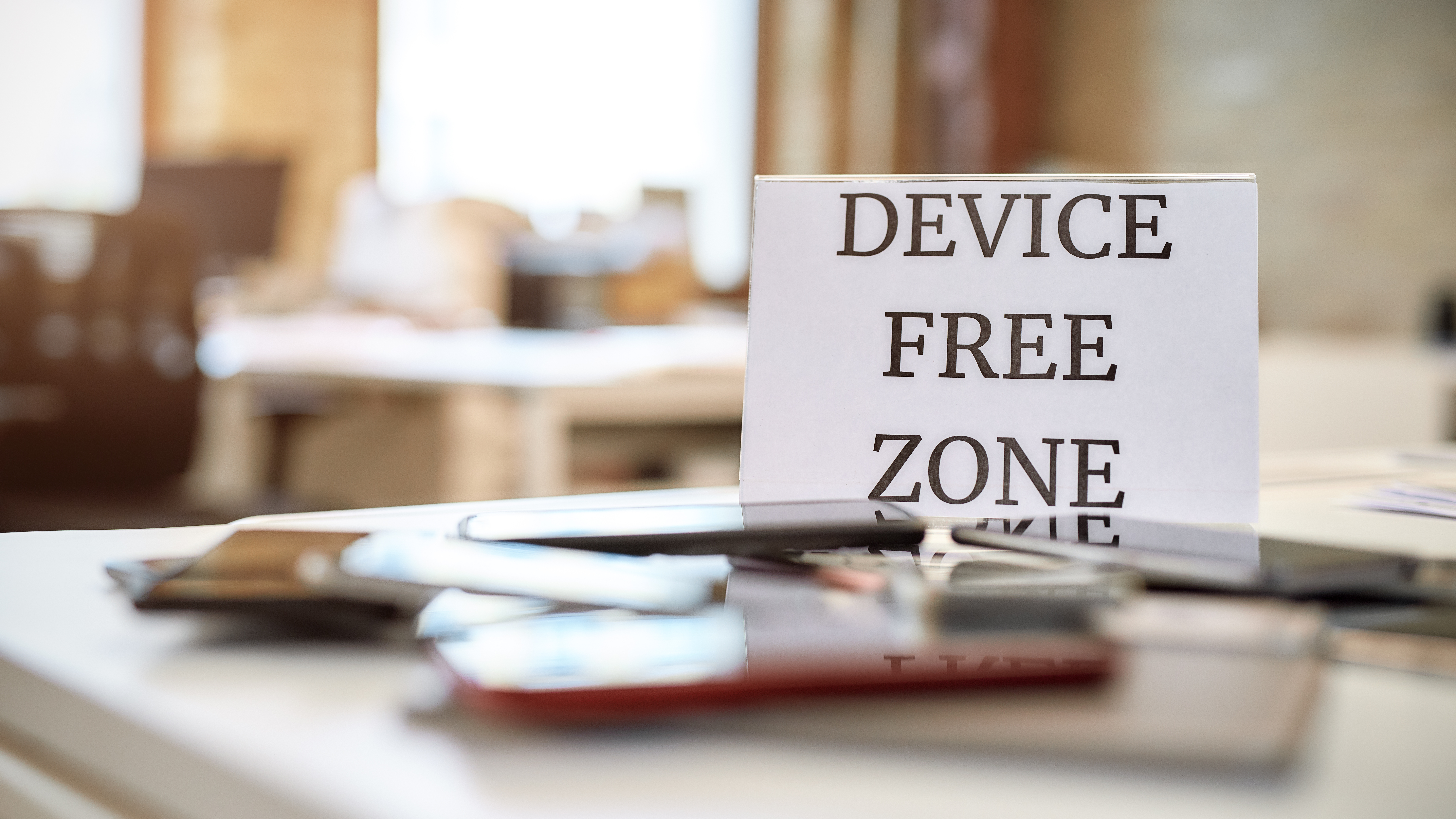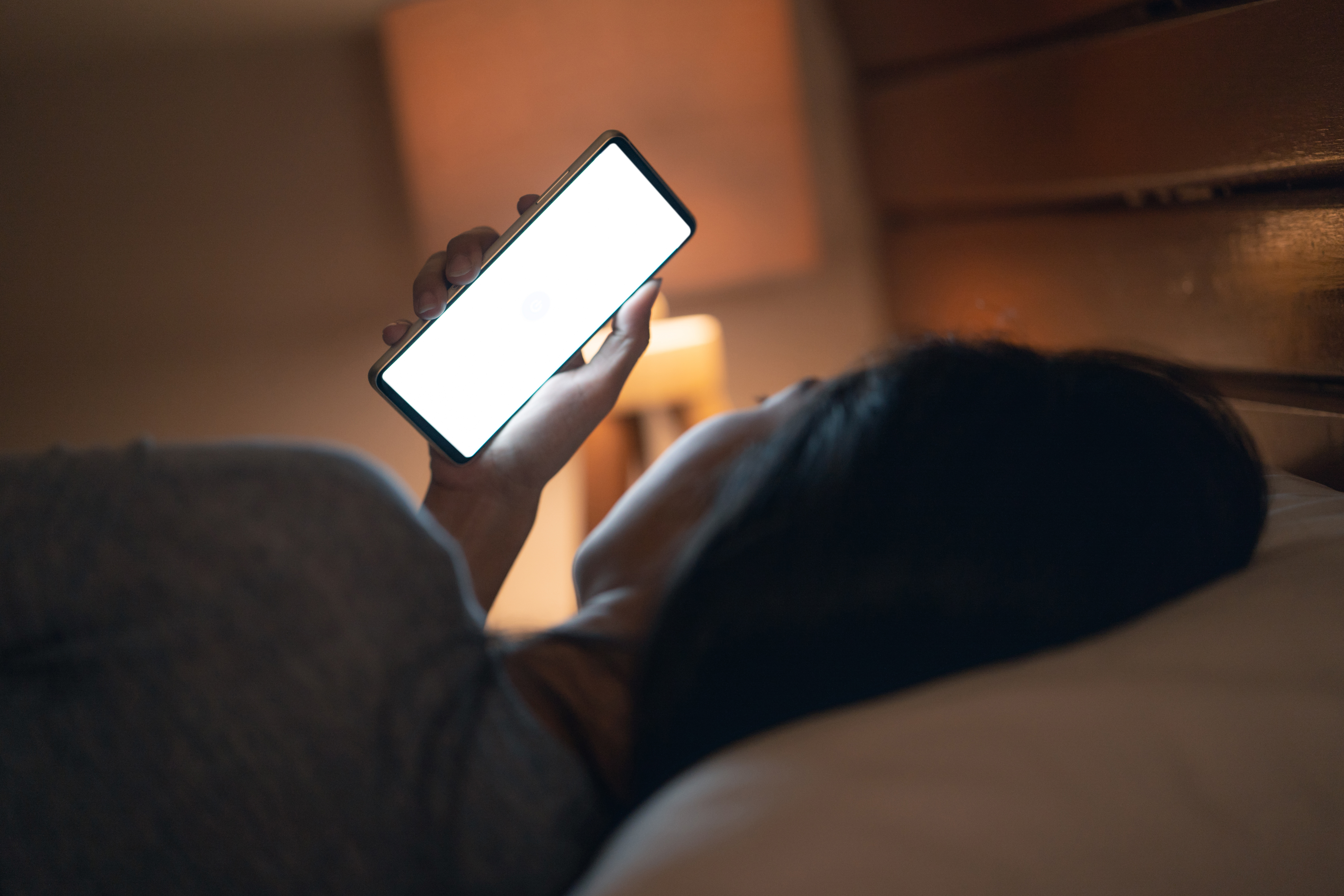
Although the digital age has provided previously unheard-of levels of connectedness and convenience, it has also presented risks to our wellbeing. There has been a rise in screen time due to the prevalence of screens in our life, from computers to cellphones. Maintaining a healthy lifestyle in this digital age requires finding balance. We’ll discuss practical methods for achieving digital harmony in this blog post, making sure that technology advances rather than detracts from our general well-being.

Understanding the Impact
Realizing how much screen time is harmful to our health is the first step in achieving digital harmony. Many research have emphasized the negative consequences of extended screen use, which include sedentary behavior, disturbed sleep patterns, and eye strain. People can reduce possible health hazards by making educated judgments by being aware of these effects.

Prioritizing Quality over Quantity
Establishing boundaries for screen time is essential to adopting a better tech lifestyle. Mindful activities, including creating “tech-free” zones in various areas of the house or setting aside specified periods for digital detox, can help achieve this. Users can take charge of their digital habits with the help of apps and features that measure and limit screen time, such as Android’s Digital Wellbeing and Apple’s Screen Time.

Embracing Tech-Free Moments
One of the main components of digital harmony is including times of quiet, tech-free living into our everyday schedules. These times, which might include having a meal without devices, going for a walk in the outdoors, or spending time practicing mindfulness, provide a break from the never-ending hum of technology. Developing these tech-free routines promotes a more harmonious coexistence of the digital and physical spheres.

Tech and Sleep
Screen time’s known detrimental effects on sleep quality are a cause for concern. Screen blue light can disrupt the synthesis of melatonin, a hormone that is essential for sleep. Better sleep hygiene and general wellbeing are enhanced by establishing a tech-free wind-down practice before bed, which includes avoiding screens at least an hour before sleep.
In the digital age, developing a conscious and balanced relationship with technology is more important for creating harmony than just avoiding it. People can navigate the digital landscape while putting their health and well-being first by understanding the effects of screen usage, setting limits, emphasizing quality interactions, embracing tech-free moments, and realizing the value of sleep. By striking this balance, we can make sure that technology enriches our lives rather than adds to our stress levels.




Comments